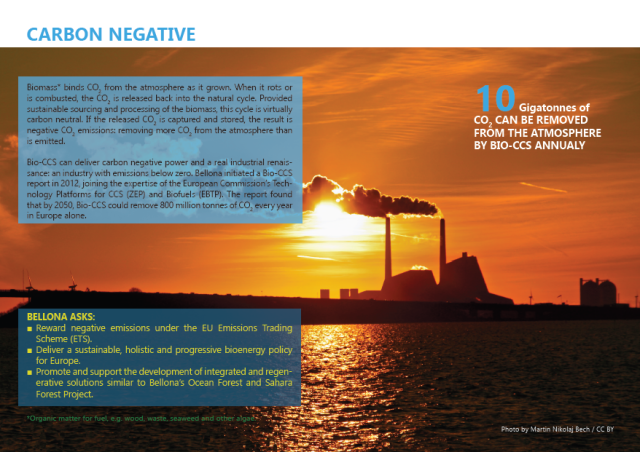
The system built to manage Russia’s nuclear legacy is crumbling, our new report shows
Our op-ed originally appeared in The Moscow Times. For more than three decades, Russia has been burdened with the remains of the Soviet ...
News

Publish date: May 22, 2014
News
The brochure CCS: Solving the climate puzzle makes the argument that climate change cannot be solved without CO2 capture and storage (CCS). The brochure is also structured like a puzzle, outlining the multitude of reasons how and why CCS plays a part in solving climate change.
It was launched on the occasion of Bellona Europa’s anniversary ‘Bellona Europa ‘comes of age’: 18 years of advocating climate action in the EU capital Brussels‘ with Bellona president Frederic Hauge, Norway’s Ambassador to the EU, His Excellency Mr Atle Leikvoll and Vice-Chair of the Intergovernmental Panel on Climate Change (IPCC) Professor Jean-Pascal van Ypersele attending a reception.
The brochure addresses issues of energy security, industrial emissions, power production, carbon negative emissions with Bio-CCS, storing CO2, industry and job retention, the EU’s Emission Trading System (ETS), transitional measures, public engagement and the low-carbon dialogue.
A massive expansion of renewable and regenerative energy is imperative to halt runaway climate change. As is a steep reduction of energy demand through energy efficiency investments, energy storage and smarter infrastructure. But we know this will not be enough. A massive and swift deployment of CCS is required to abate the emissions of our continued use of fossil sources. CCS in combination with sustainable bioenergy, so-called Bio-CCS or BECCS, can also deliver negative emissions, thereby removing excess CO2 from the atmosphere over time. This will be necessary to compensate for our inability to abate emissions quick enough. The recent IPCC 5th Assessment Report clearly stated the need for both CCS and Bio-CCS.
Bellona’s recommendations to the new European Parliament touch on several issues, from energy security to job retention, but they all center on CCS. The reason for this is simple: CO2 emissions are the greatest threat to our climate and only CCS will provide the bridge between our current unsustainable condition and our destination of a low-carbon society.
A summary of the recommendations:
Ensure energy security is balanced with climate objectives:
Deliver low carbon electricity:
Curb emissions from industry:
Attain carbon negative emissions with Bio-CCS:

Realize the North Sea storage potential:
Ensure transitional support for CCS as has been done for other low-carbon technologies:
Consider the broad European opportunity
The true cost of carbon
Engage in the low carbon dialogue:
The full brochure: CCS: Solving the climate puzzle

Our op-ed originally appeared in The Moscow Times. For more than three decades, Russia has been burdened with the remains of the Soviet ...

The United Nation’s COP30 global climate negotiations in Belém, Brazil ended this weekend with a watered-down resolution that failed to halt deforest...

For more than a week now — beginning September 23 — the Zaporizhzhia Nuclear Power Plant (ZNPP) has remained disconnected from Ukraine’s national pow...

Bellona has taken part in preparing the The World Nuclear Industry Status Report 2025 and will participate in the report’s global launch in Rome on September 22nd.